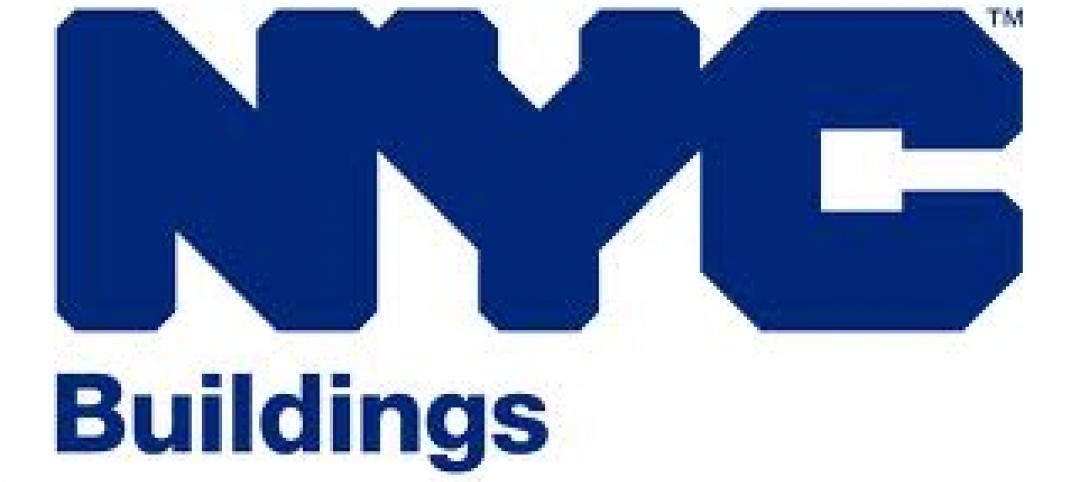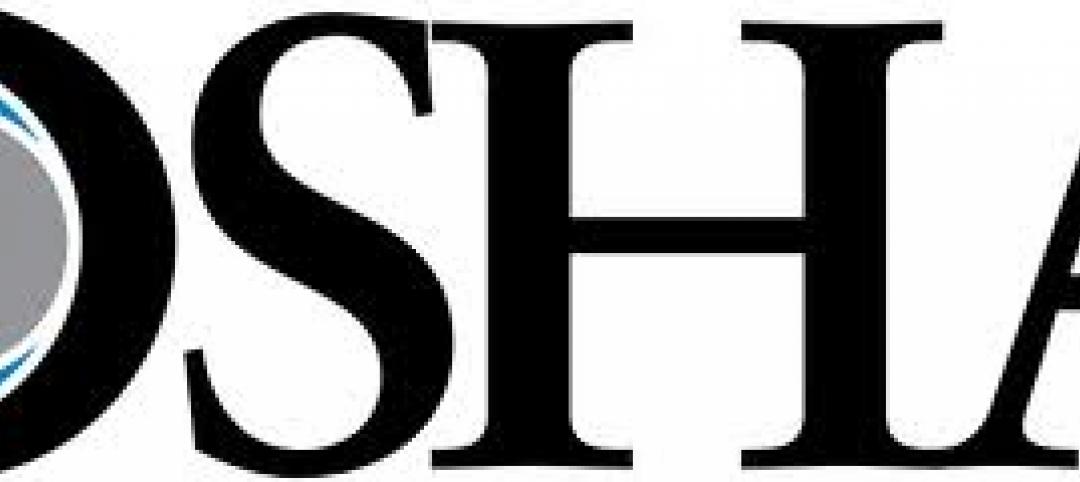Two ASHRAE certification programs, the Building Commissioning Professional (BCxP) and Building Energy Assessment Professional (BEAP), have been recognized by the U.S. Department of Energy (DOE) as meeting the Better Buildings Workforce Guidelines.
The certifications achieved DOE recognition for aligning with Better Buildings Workforce specifications for the building commissioning professional and energy auditor jobs, and for being ANSI-Accredited Personnel Certification Programs under ISO/IEC 17024 – Accreditation #1139. Of the six programs DOE has recognized for aligning with Better Buildings Workforce Guidelines to date, two are ASHRAE certifications.
“DOE recognition of these two ASHRAE certification programs positions the employers of BCxPs and BEAPs to compete for federal, state and local government body contracts calling for the services provided by these certified professionals,” says ASHRAE Certification Committee Chair Cameron R. Labunski, P.E., CPMP, HBDP, HFDP.
The ASHRAE Building Commissioning Professional (BCxP) certification is for individuals who lead, plan, coordinate and manage a commissioning team to implement commissioning processes in new and existing buildings. The ASHRAE Building Energy Assessment Professional (BEAP) certification is for individuals who assess building systems and site conditions, analyze and evaluate equipment and energy usage and recommend strategies to optimize building resource utilization.
Related Stories
| Apr 16, 2012
University of Michigan study seeks to create efficient building design
The result, the researchers say, could be technologies capable of cutting the carbon footprint created by the huge power demands buildings place on the nation’s electrical grid.
| Apr 13, 2012
Congress’s action doesn’t mean Pentagon can’t build LEED gold structures
Though Congress passed a defense budget preventing the Department of Defense from spending money to achieve LEED gold or platinum certification, the Pentagon may still end up constructing buildings to those standards.
| Apr 13, 2012
International Living Building Institute certifies first two Net Zero Energy buildings
A community building in Oregon and an office building in California are the first two projects to earn net-zero status under the International Living Building Institute’s Net Zero Energy Certification program.
| Apr 13, 2012
New York City’s building department investigating structural collapse that killed worker
Following a worker’s death, the collapse of a century-old, two-story warehouse under demolition as part of Columbia University’s expansion is under investigation by the city’s Building Department.
| Apr 13, 2012
Federal court reduces statute of limitations for OSHA action on record-keeping violations
The U.S. Court of Appeals for the D.C. Circuit sharply curtailed the period of time that companies can be cited for Occupational Safety and Health reporting violations, reversing the decision of an administrative panel and longstanding agency precedent.
| Apr 13, 2012
CSI webinar: Green Construction Codes Are Here -- Now What?
This seminar will trace the origins of green codes, how they compare and differ from the rating systems that have been used, and examine some of their main features.
| Apr 5, 2012
Retailers, banks among most affected by new ADA rules
On March 15, the most significant changes to the Americans with Disabilities Act (ADA) since it became law in 1991 went into effect.
| Apr 5, 2012
Florida ranks first in hurricane building codes and enforcement
Florida ranks highest among 18 hurricane-region states for building codes and their enforcement, according to the Insurance Institute for Business & Home Safety.















